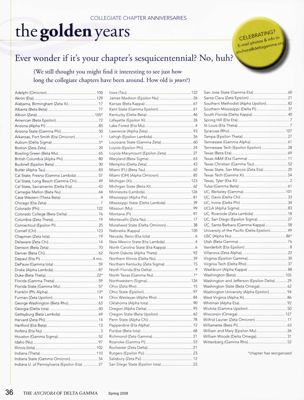
Eta Nu
Hofstra University
- Founding Date
- Apr 22nd, 2005
Hofstra University was originally established as an extension of New York University (NYU), and was founded on the estate of a wealthy couple, a lumber entrepreneur of Dutch ancestry, William S. Hofstra and his second wife, Kate Mason. The extension had been proposed by a Hempstead resident, Truesdel Peck Calkins, who had been superintendent of schools for Hempstead. In her will, Kate Mason provided the bulk of their property and estate to be used for a charitable, scientific or humanitarian purpose, to be named in honor of her husband. Two friends, Howard Brower and James Barnard, were asked to decide what to do with the estate. Calkins remarked to Brower that he had been looking for a site to start an institution of higher education, and the three men agreed it would be an appropriate use of the estate. Calkins approached the administration at New York University, and they expressed interest. The college was founded as a coeducational, commuter institution with day and evening classes. The first day of classes was September 23, 1935, and the first class of students was made up of 159 day and 621 evening students. The tuition fee for the year was $375. The college obtained provisional charter status, and its official name was changed to Hofstra College on January 16, 1937. Hofstra College separated from New York University in 1939 and was granted an absolute charter on February 16, 1940. With the approval of the New York State Board of Regents, Hofstra became Long Island’s first private university on March 1, 1963. Also in that year, the Board of Trustees resolved to make Hofstra architecturally barrier-free for individuals with physical disabilities, stating that all students should have access to higher education. This later became federal law, and Hofstra was subsequently recognized as a pioneer. In January of 1984, members of the local sorority Phi Epsilon sent a letter to Delta Gamma Executive Offices expressing their interest in affiliating with a national sorority. At the time, Phi Epsilon was the largest sorority on campus, featuring 30 women and the expectation of pledging 25 more in February. At the time, Delta Gamma was not interested in expanding to Hofstra. Between then and 1990, the Fraternity as petitioned four times by local sororities, but was unable to consider expansion to Hofstra because they were already expanding to several campuses. After being petitioned once again by a local sorority at Hofstra know as KDA, the Fraternity sent a presentation team to meet with members of KDA and campus Panhellenic. Council voted in December of 2004 in affirmation of bringing Delta Gamma to Hofstra. The Eta Nu chapter was installed on April 22, 2005. The ceremony included a moment of inspiration, a speech from a university guest, greetings from the Fraternity, presentation of the charter and president’s badge, and introduction of the new initiates and advisory team. A reception was held in the Student Center that evening. The Eta Nu chapter joined six other NPC organizations on Hofstra’s campus.
Chapter Information
04/22/2005





